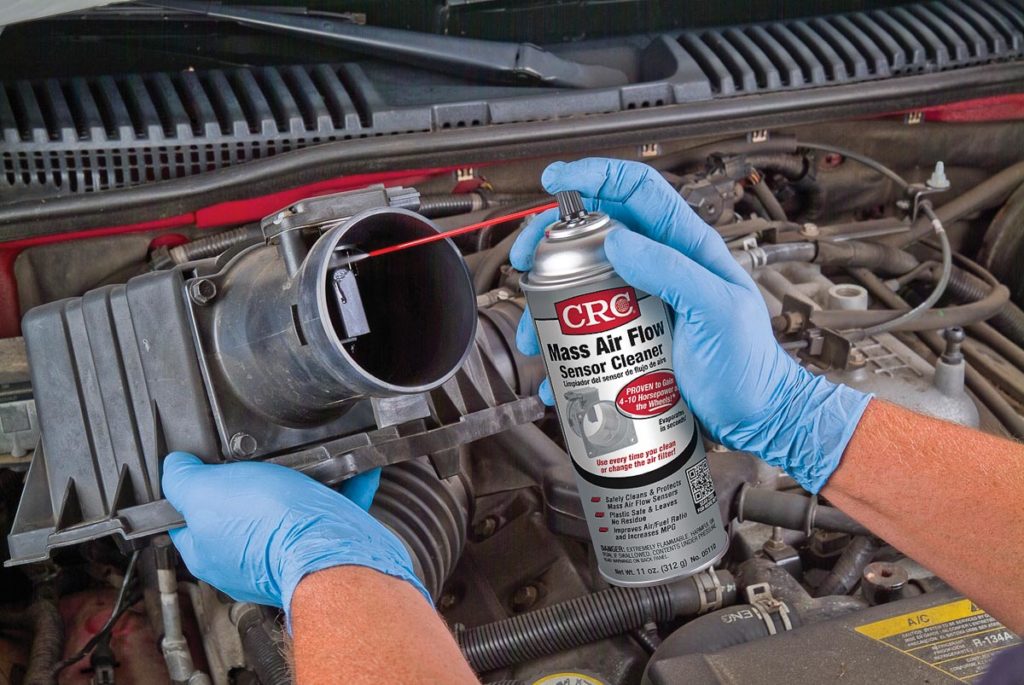Introduction of Mass Air Flow Sensor
Discover the intricacies of the mass air flow sensor in this comprehensive guide. Learn how it works, troubleshoot common issues, and unleash its potential for optimal engine performance.
Welcome to the realm of automotive technology, where every component plays a vital role in ensuring your vehicle’s smooth operation. Among these, the mass air flow sensor stands as a silent guardian, monitoring the airflow entering the engine and facilitating the ideal air-fuel mixture for combustion. In this guide, we delve deep into the workings of this indispensable component, unraveling its mysteries and shedding light on its significance in modern automotive engineering.
Understanding the Mass Air Flow Sensor
In the heart of your vehicle’s engine lies the mass air flow sensor, a small yet mighty device tasked with measuring the volume and density of the incoming air. This crucial data enables the engine control unit (ECU) to adjust the fuel injection accordingly, ensuring optimal combustion efficiency. Essentially, the mass air flow sensor serves as the eyes of the engine, providing real-time feedback essential for peak performance.
The Inner Workings: How Does It Operate?
At its core, the mass air flow sensor employs a heated wire or film, known as a hot wire or hot film, to gauge the airflow. As the air passes over this element, it cools it down, causing a change in electrical resistance. By measuring this change, the sensor can accurately determine the mass of air entering the engine. This data is then relayed to the ECU, which adjusts the air-fuel ratio to maintain optimal combustion.
Signs of a Faulty Mass Air Flow Sensor
When the mass air flow -sensor malfunctions, it can wreak havoc on your vehicle’s performance. Keep an eye out for these telltale signs indicating a potential issue:
- Decreased Engine Performance: A faulty sensor can lead to a noticeable decrease in engine power and acceleration.
- Rough Idling: If your vehicle idles erratically or experiences frequent stalling, the mass air- flow sensor could be to blame.
- Poor Fuel Efficiency: An imbalance in the air-fuel mixture, stemming from a defective sensor, often results in reduced fuel efficiency.
- Check Engine Light: Perhaps the most obvious indicator, a illuminated check engine light may signal various underlying issues, including a malfunctioning mass air flow- sensor.
Troubleshooting and Maintenance Tips
Fear not, for diagnosing and rectifying issues with the mass air flow- sensor is within your grasp. Here are some tips to guide you through the process:
- Inspect for Contamination: Dirt and debris can obstruct the sensor’s operation. Regularly clean the sensor using specialized cleaner to maintain optimal performance.
- Check for Wiring Faults: Ensure that the sensor’s wiring harness is securely connected and free from damage or corrosion.
- Perform Diagnostic Scans: Modern vehicles are equipped with onboard diagnostic systems capable of pinpointing specific issues, including those related to the mass air- flow sensor.
- Seek Professional Assistance: If troubleshooting proves challenging, don’t hesitate to enlist the expertise of a qualified mechanic. They possess the tools and knowledge necessary to diagnose and address complex sensor issues.
FAQs
- What role does the mass air -flow sensor play in engine performance? The mass air flow- sensor measures the volume and density of incoming air, allowing the engine control unit to adjust the air-fuel ratio for optimal combustion.
- How can I clean a mass air flow- sensor? Cleaning the mass air -flow sensor involves using a specialized cleaner designed for this purpose. Follow the manufacturer’s instructions carefully to ensure proper cleaning and avoid damage to the sensor.
- What causes a mass air flow -sensor to malfunction? Malfunctions can occur due to various factors, including contamination from dirt or debris, wiring faults, or sensor degradation over time.
- Can a faulty mass air flow- sensor be repaired, or does it need replacement? In most cases, a faulty mass air f-low sensor will require replacement rather than repair. Attempting to repair a damaged sensor may only provide temporary relief and could lead to further issues down the line.
- How often should the mass air flow- sensor be inspected? It’s advisable to include the mass- air flow sensor in your regular vehicle maintenance routine. Depending on driving conditions and environmental factors, periodic inspection and cleaning may be necessary to ensure optimal performance.
- What are the consequences of driving with a faulty mass air -flow sensor? Driving with a faulty mass air f-low sensor can lead to reduced engine performance, decreased fuel efficiency, and potential damage to other engine components. It’s essential to address any sensor issues promptly to avoid further complications.
Conclusion
In conclusion, the mass air flow-sensor stands as a cornerstone of modern automotive technology, playing a pivotal role in engine performance and efficiency. By understanding its function, recognizing signs of malfunction, and implementing proper maintenance procedures, you can ensure your vehicle operates at peak performance levels. Remember, when it comes to your vehicle’s well-being, vigilance and proactive care are paramount.




